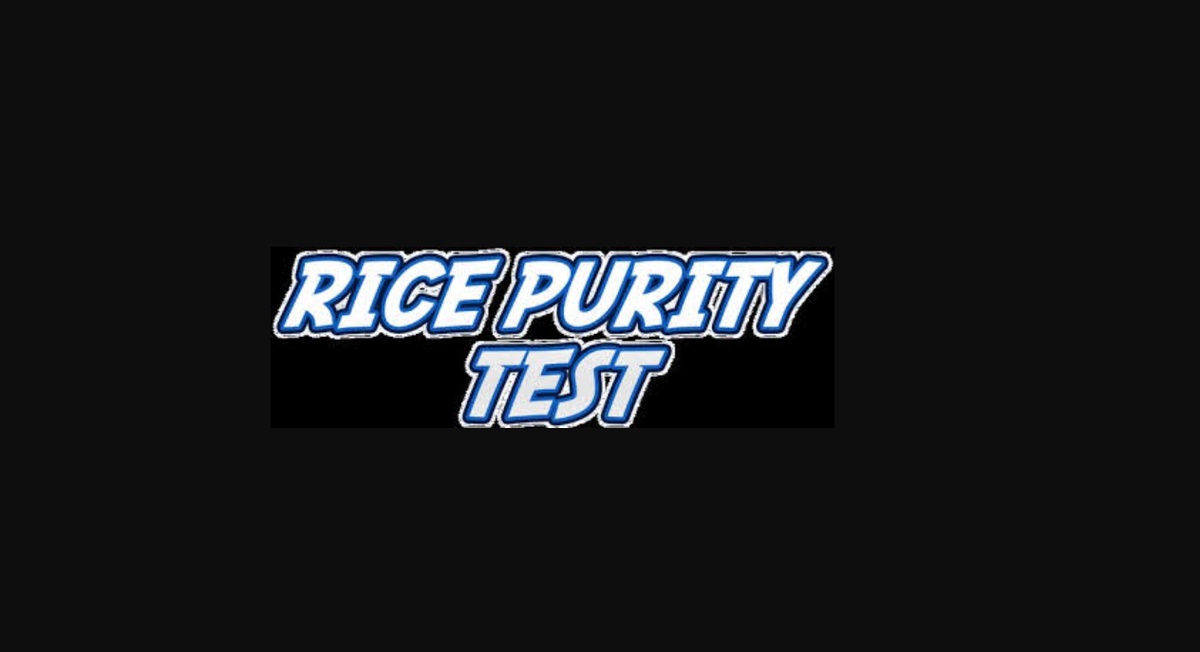Purity testing is a crucial process in various industries, ranging from pharmaceuticals and chemicals to food and beverages. It involves the assessment of the quality and integrity of a substance by determining the presence of impurities, contaminants, or adulterants. Accurate purity testing ensures that products meet safety standards, regulatory requirements, and consumer expectations. This article delves into the significance of purity testing, the methods and techniques employed, and the advancements in the field.
Importance of Purity Testing
Test for purity serves as a cornerstone for quality assurance and safety across industries. The presence of impurities, even in minute quantities, can lead to undesirable outcomes such as compromised efficacy, adverse reactions, or even catastrophic failures. In pharmaceuticals, impurities can impact the bioavailability of drugs, affecting their therapeutic efficacy. In the food industry, adulterants can pose health risks to consumers, leading to regulatory violations and loss of public trust.
Common Impurities and Contaminants
Impurities and contaminants can manifest in various forms, including:
-
Chemical Impurities: These arise from incomplete reactions during manufacturing, storage, or transport. They can include related compounds, isomers, or intermediates.
-
Microbiological Contaminants: Bacteria, viruses, yeasts, and molds can contaminate substances during production, processing, or handling.
-
Physical Contaminants: Particulate matter, foreign objects, or packaging materials might unintentionally mix with the substance.
-
Residual Solvents: In products like pharmaceuticals, traces of solvents used in manufacturing may remain, potentially affecting purity.
Methods and Techniques for Purity Testing
-
Chromatography Techniques:
- High-Performance Liquid Chromatography (HPLC): Separates components based on their interaction with a stationary phase and mobile phase.
- Gas Chromatography (GC): Utilizes vaporization and separation of volatile compounds for analysis.
- Thin-Layer Chromatography (TLC): A simple technique where substances move across a thin layer of adsorbent material.
-
Spectroscopy Techniques:
- Mass Spectrometry (MS): Identifies compounds by measuring their mass-to-charge ratios.
- Nuclear Magnetic Resonance (NMR): Analyzes the nuclear properties of atoms to determine molecular structures.
- Infrared Spectroscopy (IR): Detects molecular vibrations and provides information about functional groups.
-
Titration Methods:
- Volumetric Titration: Measures the volume of a reagent required to react with a sample.
- Potentiometric Titration: Determines the equivalence point by monitoring changes in electric potential.
-
Physical Testing:
- Melting Point Analysis: Determines the purity of solid substances based on their melting behavior.
- Refractive Index: Measures how light bends as it passes through a substance, aiding in identification.
Advancements in Purity Testing
Recent advancements in technology have led to more efficient and accurate purity testing:
-
Hyphenated Techniques: Combining multiple analytical techniques, such as LC-MS or GC-IR, enhances sensitivity and specificity.
-
Automated Systems: Robotics and automation reduce human error and increase throughput, enabling high-volume testing.
-
Miniaturization: Microfluidic devices and portable analytical instruments allow on-site testing, particularly in resource-limited settings.
-
Data Analysis: Machine learning and AI-driven algorithms aid in identifying complex patterns and deviations, improving the interpretation of test results.
Regulatory Standards and Challenges
Purity testing is closely regulated to ensure product safety. Regulatory agencies like the FDA and EMA provide guidelines on acceptable impurity levels. Challenges include developing methods for novel compounds, establishing appropriate acceptance criteria, and addressing the potential impact of impurities on different populations.
Conclusion
Purity testing plays a vital role in maintaining the quality, safety, and efficacy of various products across industries. With advancing technology, analytical methods continue to evolve, enabling more accurate and efficient assessment of impurities and contaminants. As industries strive to meet stringent regulatory requirements and consumer demands, the field of purity testing remains integral to ensuring the integrity of products that impact our lives on a daily basis.


No comments yet